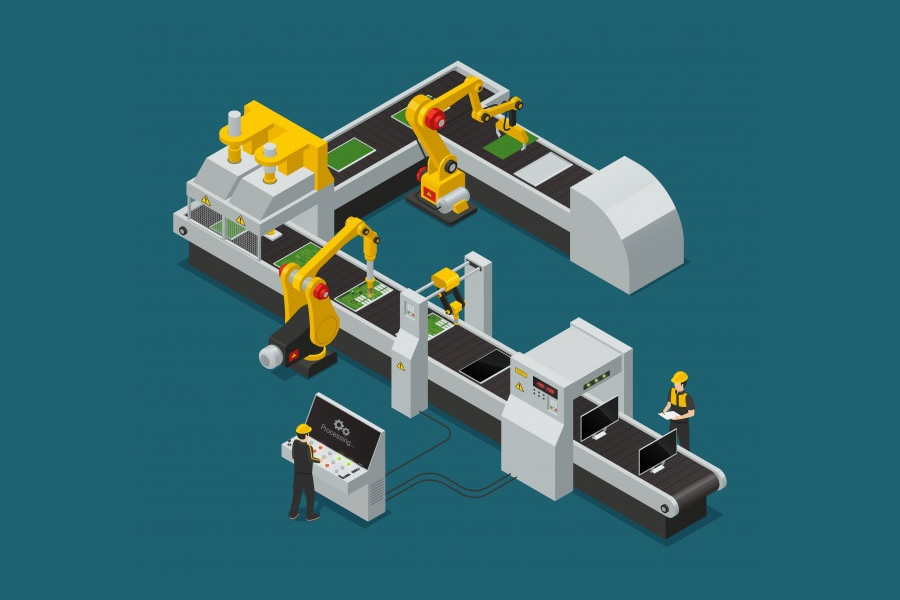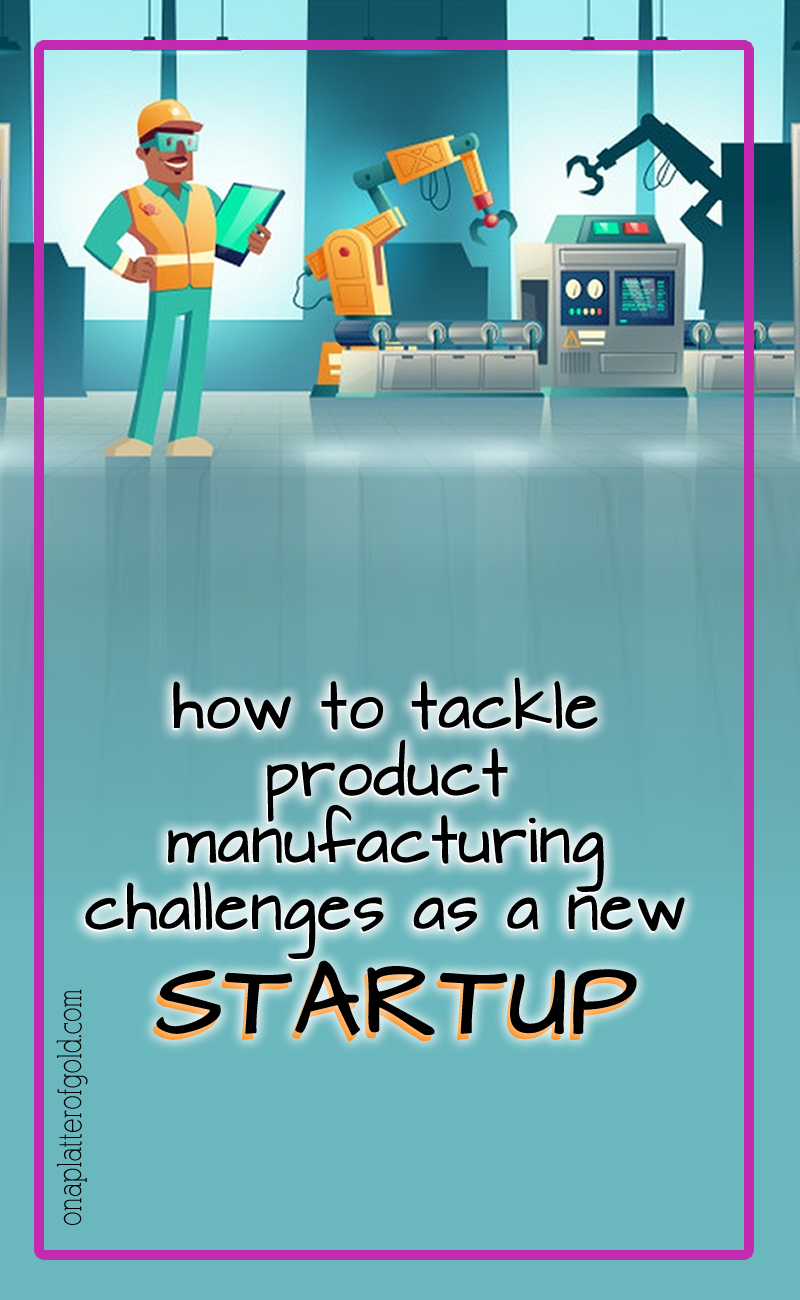Are you are a new hardware startup looking for the best ways to tackle product manufacturing challenges? Hardware startups are on the rise. Thanks to new technologies, the big push towards smarter devices and Internet of Things (IoT).
Nowadays, more startups are founded based on hardware innovations in an attempt to solve problems that require hardware-based solutions.
Of course, starting a hardware startup or launching a new startup, is not without its challenges. Similar to the way software startups must manage their development process, hardware startups often face challenges in manufacturing products.
These challenges make entering the hardware landscape exciting. And, more importantly, the manufacturing challenges you may (and will) face as a new startup are easier to solve than you think with these tips and tricks we are about to discuss in this article.
#1]. It Starts with Good Design
Product design is a process that requires a lot of attention to detail for one particular reason: a well-designed product is easy to manufacture.
When you get the design of your board, case, and other components right, transitioning from the design phase to the manufacturing phase becomes easy.

A lot of design tools available today are positioned to solve this challenge. Rather than requiring you to develop multiple prototypes, the available design tools come equipped with robust 3D environments and testing tools.
You can even start sourcing components as you design your next product. Tools like Octopart let you gain access to everything from small screws to supplies made by Aviditi. The whole process becomes part of manufacturing planning.
#2]. Plan for Problems
Thinking about manufacturing challenges as you design your product helps eliminate some of the more common issues. Rather than waiting until you face difficulties in trying to bring your product to the market, it is better to anticipate those difficulties during the planning stage.
With an optimized product design in hand, you can utilize rapid prototyping to develop several models and prototypes. Don’t just focus on producing a working prototype either.
Experiment with the different ways your product can be manufactured. There will be times when minute changes are the most substantial ones to make.
Moving the position of a screw by a couple of millimeters or altering the corner shape of your product case is the kind of change that can help you avoid problems altogether.
#3]. Be Flexible with Your Process
You don’t have to establish your own manufacturing line to bring your brilliant product idea to life. There are third-party providers that rent out their manufacturing lines so you can make your product faster and cheaper.
Working with third-party manufacturing companies, however, requires some degree of flexibility. You must be willing to take input from those who will be handling the manufacturing process, mainly because they have more experience in the field.
The input you get is actually invaluable to the success of your product. When your manufacturing partner suggests ways to simplify the production process, they are basically suggesting ways to make your process more efficient.
At the end of the day, an efficient process, along with good product design and problem-free manufacturing, is the kind of competitive advantage you want in today’s market. You can bring your product to a suitable market segment faster and cheaper this way.
PLEASE SHARE ON PINTEREST








































